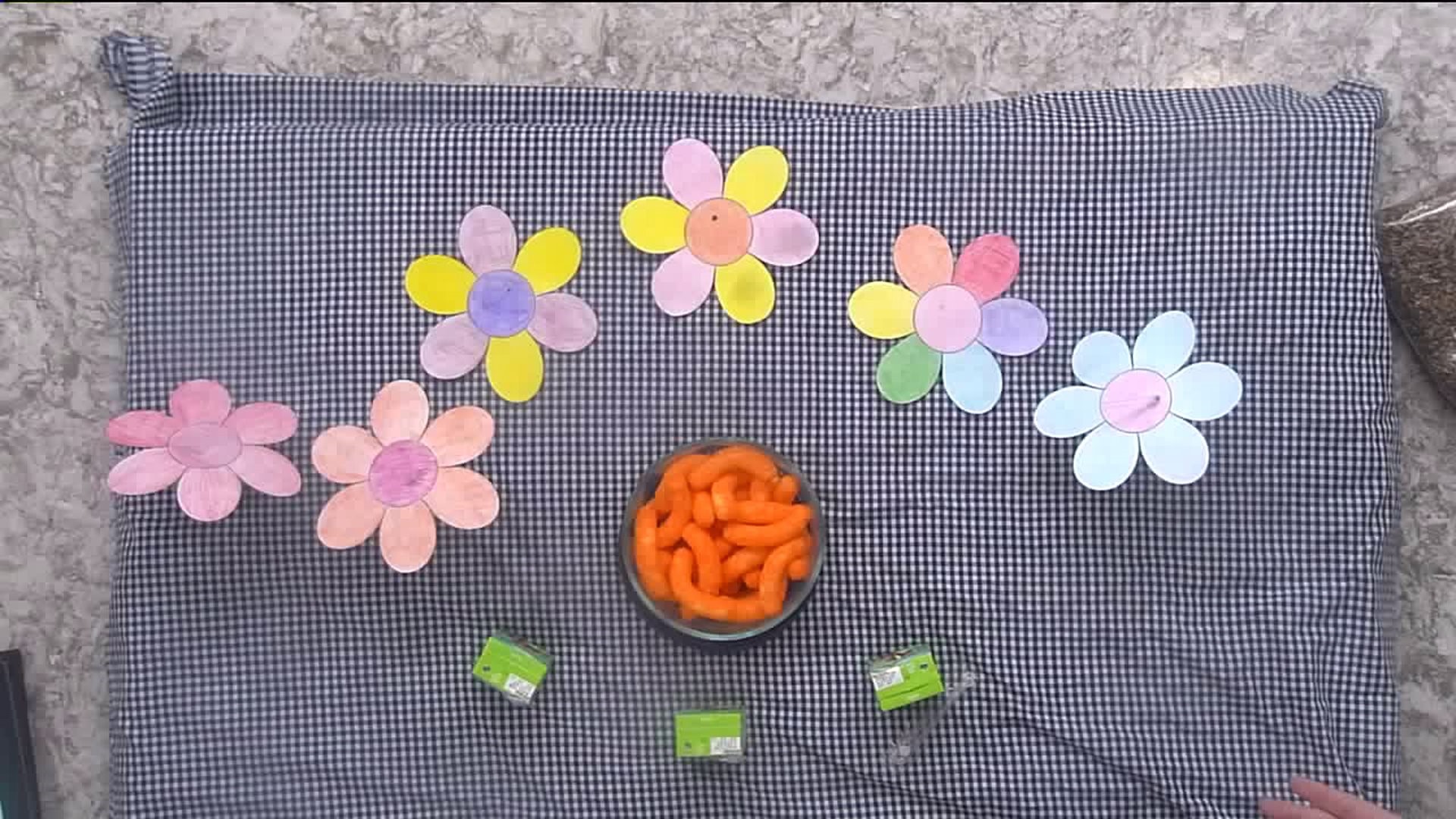MOLINE, Illinois-- Ag in the Classroom returned to Good Morning Quad Cities on Wednesday, Oct. 16.
Cambridge FFA Chapter President Bradleigh Schaefer and Stacy Markey, from Gold Star FS, Inc.. showed us the importance of pollination, through the use of Cheetos! According to Illinois' Agriculture in the Classroom and FarmWeekNow, here's how you do the exercise.
Background:
A pollinator is an animal that carries pollen on its body from one flower to another. Some examples of pollinators are birds, bees, beetles and bats. Pollinators help pollinate more than 1,200 crops.
Objective:
While a pollinator is eating, pollen from the flower may stick to its body. As the pollinator moves from flower to flower, the pollen it is carrying also gets moved from flower to flower. Pollinators visit flowers to drink nectar or eat pollen.
The pollinator students will be learning about is the bee.
Materials Needed:
- Flower di-cut
- Juice box
- Cheetos
- Napkins
Directions:
Each child begins with Cheetos and a flower, which will be placed over the top of a juice box, on their desk.
The students will be the bees during this experiment all beginning at the front of the classroom. As we all know, the flowers’ color and smell attract the bees (students).
They will “fly” to their desk and “land” on their flower. They will drink a little bit of the nectar (juice box) and as they are drinking, pollen just happens to find its way onto their fingers. For this part, the students are instructed to eat their Cheetos without wiping their hands. The cheese dust = pollen!
After they finish their juice, they fly around the room to other flowers. When they land on other flowers, (wipe their hands on another flower) they are able to see the power of pollination!

